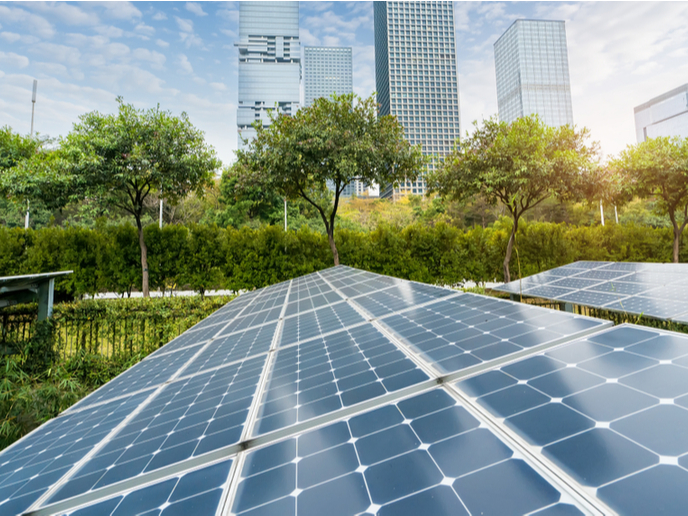Harmonising measurement efforts across Europe
The discovery of the ozone hole in the mid-1980s brought increased attention to the issue of ultraviolet radiation. Decreases in stratospheric ozone concentrations due to emissions of manmade pollutants could potentially lead to increased ultraviolet radiation reaching the Earth's surface. This could in turn harm both animal and plant life. A large research effort has been mounted to address this environmental concern, with European scientists making their mark. Measurement of incident ultraviolet radiation at the surface is now performed at many locations. The EDUCE project sought to gather data from 35 stations across Europe into a coherent database. At this scale, the issue of quality is vital as data are collected by different individuals using different equipment and applying different methodologies. A guide was prepared for distribution to the various stations, users and managers, differentiating between Quality Control and Quality Assurance and distinguishing what measures are necessary to ensure both. Following observation and auditing of several stations, all quality control procedures were recorded. In the guide, recommendations are made, encouraging application of the best practices identified. Quality control software was developed to assist station operators and is available at: http://zardoz.nilu.no/~olaeng/CheckUVSpec/CheckUVSpec.html(odnośnik otworzy się w nowym oknie). Code was also written for users of the database. Specifically, the SHICrivm application evaluates the quality of the ultraviolet spectra. In addition, doses of ultraviolet radiation can be calculated using a standardised method. SHICrivm is available at: http://www.rivm.nl/shicrivm(odnośnik otworzy się w nowym oknie) EDUCE targeted the standardisation of an ultraviolet radiation dataset, large enough and long enough to afford meaningful conclusions to be drawn. The new guidelines and tools created are much closer to this lofty goal.







